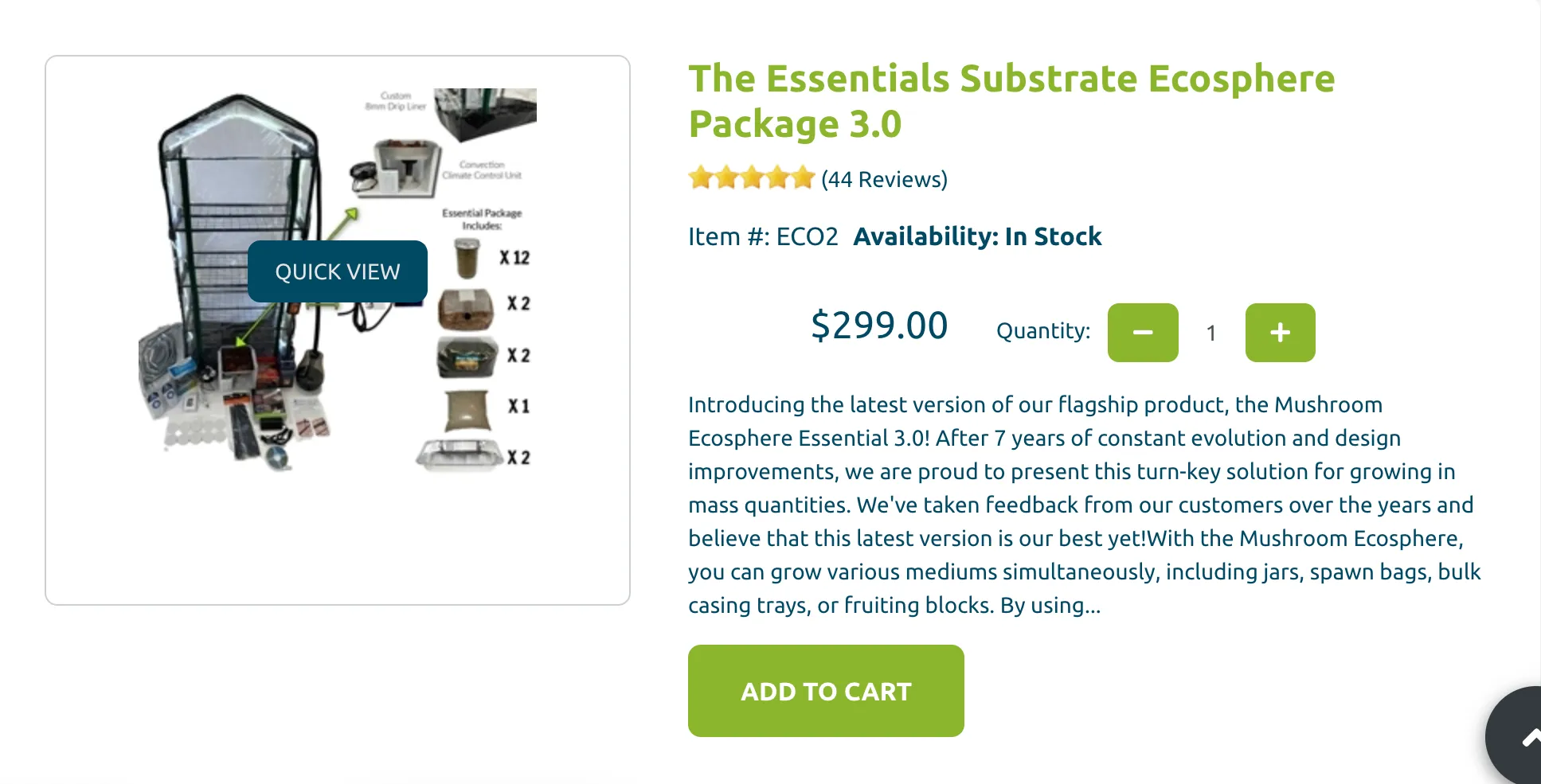From Spawn To Harvest
From Spawn to Harvest: The Stages of Mushroom Growth
Mushrooms are fascinating organisms that go through several distinct stages of growth. Understanding these stages can help mushroom growers optimize their cultivation process and produce healthy, high-quality mushrooms.
The first stage of mushroom growth is the substrate preparation. This involves preparing a nutrient-rich substrate for the mushrooms to grow on.
The substrate can be made of various materials, such as straw, sawdust, or even coffee grounds. The substrate is then sterilized to eliminate any competing microorganisms.
The second stage is inoculation, where the sterilized substrate is inoculated with mushroom spawn. The spawn is a culture of mushroom mycelium, which is the vegetative part of the fungus.
The spawn is mixed into the substrate, and then the mixture is placed in a growing container.
The third stage is colonization, where the mycelium grows and spreads throughout the substrate. This can take anywhere from a few days to several weeks, depending on the type of mushroom and growing conditions.
Once the substrate is fully colonized, the fourth stage begins, which is the fruiting stage. This is when the mushrooms start to form and grow.
The fruiting stage is typically initiated by exposing the substrate to specific environmental conditions, such as changes in temperature, humidity, and light.
The final stage is harvest, where the mature mushrooms are harvested from the growing container. The timing of harvest depends on the specific variety of mushroom and its intended use.
In summary, the stages of mushroom growth include substrate preparation, inoculation, colonization, fruiting, and harvest. Each stage is crucial for producing healthy, high-quality mushrooms. By understanding these stages, mushroom growers can optimize their cultivation process and produce bountiful yields.
Interested in Getting Started? Get Your First Kit Here...


MushroomsiQ.com
Follow Us On
Contact
© 2023 All Rights Reserved.
